Rugged beauty; a wild nature; a captivating coastline; a rich and storied history. Tasmania’s west coast presents as a remote and mostly untouched wilderness dotted with film-worthy towns and welcoming communities.
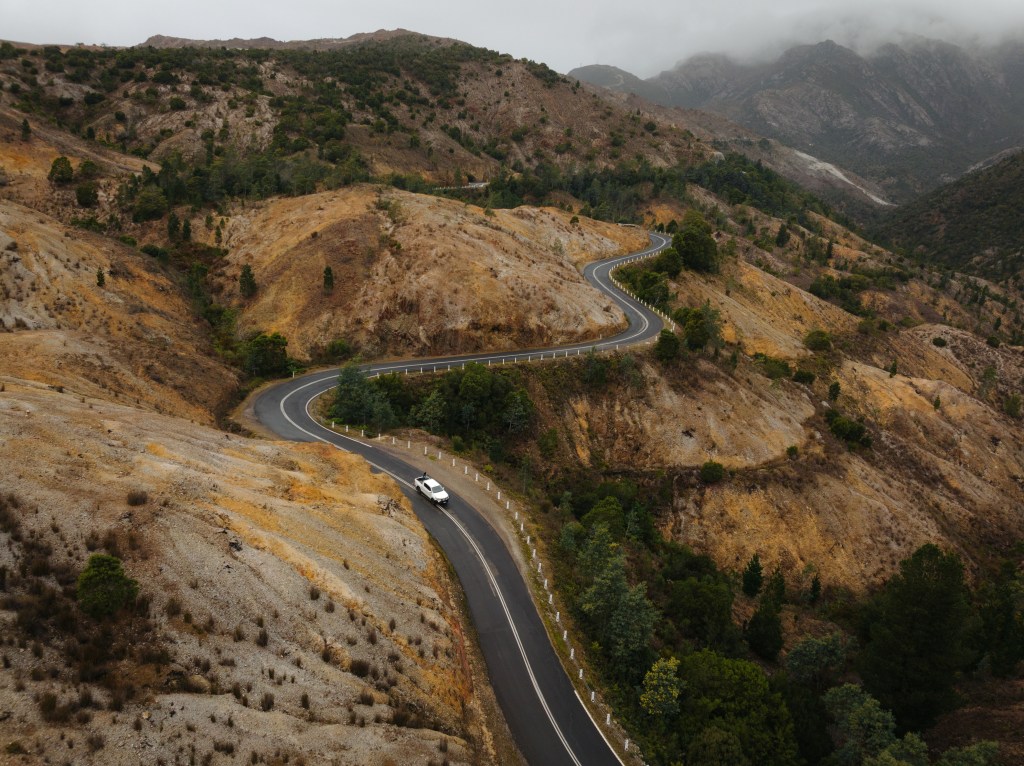
Credit: Jason Charles Hill
Stretching from Arthur River in the north, south to Strahan and inland to the foot of Cradle Mountain, Tasmania’s west coast lends itself brilliantly to diverse film projects that seek an “off the beaten track” element.
Aptly dubbed Tasmania’s “western wilds”, this enchanting wilderness is within a few hours’ drive of Australia’s southernmost capital city of Hobart and offers all the essentials for on-location filming.

Credit: Brook Rushton
With its ability to conjure a sense of isolation and remoteness, despite its accessibility to a capital city, the west coast offered the ideal setting for ITV Studios Australia’s reality series Alone Australia, which recently premiered on SBS Television.
But it’s the diversity of locations and the collaborative and welcoming attitude that makes Tasmania’s west coast a truly special filming destination. Other major production credits include reality program The Bridge Australia, drama series The Tailings, and the highly anticipated upcoming Archipelago Productions/FremantleMedia drama series Bay of Fires.
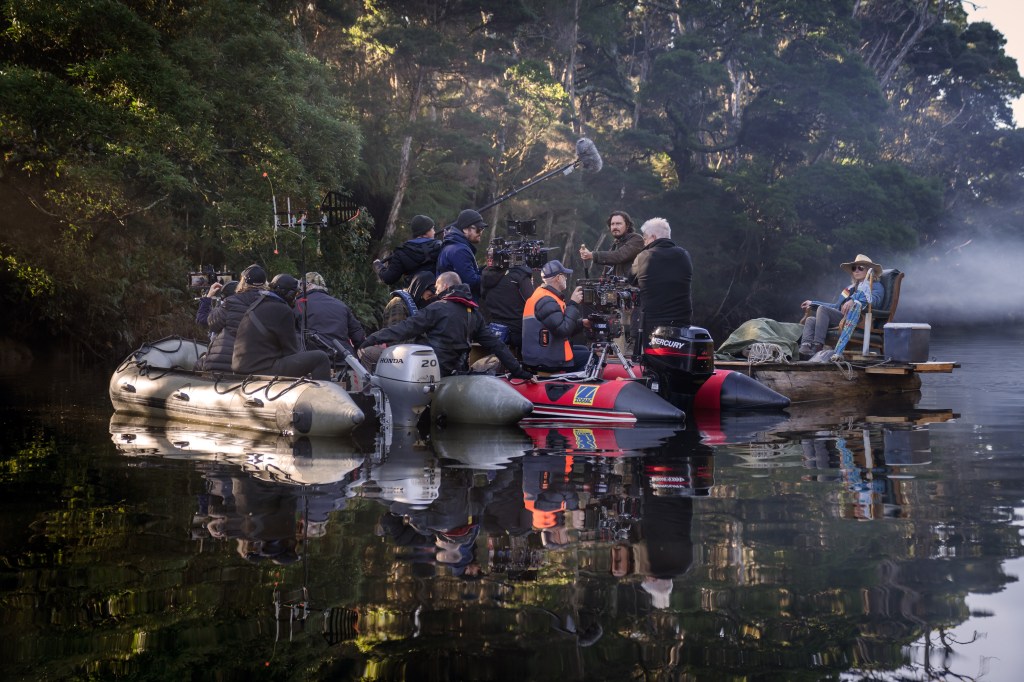
Credit: Brook Rushton
The jewel in the west coast’s crown is Strahan, situated on the banks of Macquarie Harbour. The often-mirrored waters offer an idyllic lakeside setting, contrasting with the diverse landscapes that lay at the town’s doorstep.
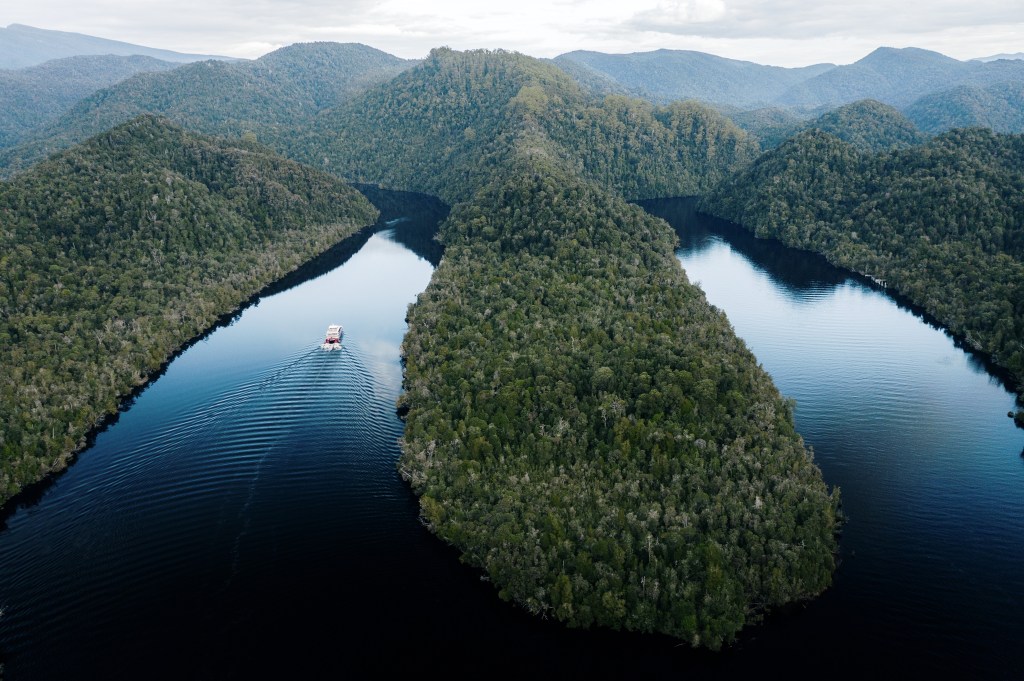
Credit: Tourism Australia
For a location shoot, Strahan offers a comfortable and convenient base, with ample accommodation and easy access to film-friendly location options ranging from the starkness of the Henty Sand Dunes that stand up to 30 metres above the beach at the mouth of the Henty River, to the deep greens of the mossy rainforests with spectacular towering waterfalls.
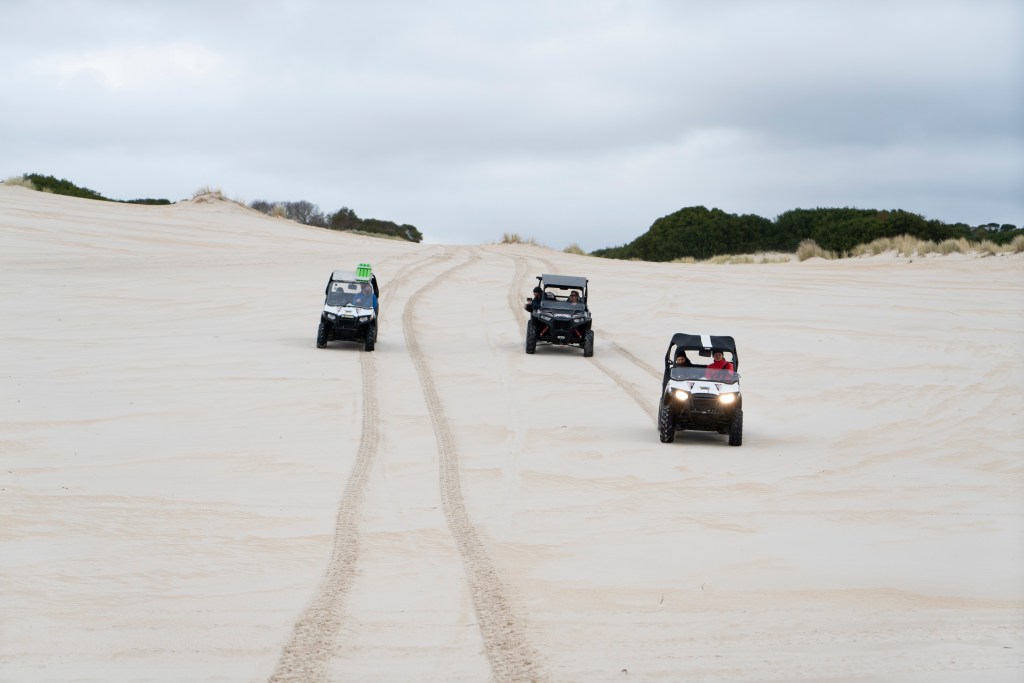
Credit: Ollie Khedun and West Coast Council
Less than an hour’s drive inland from Strahan is Queenstown – a former mining town where Australian Rules footballers are “so hardcore they play on gravel”, as noted by Cate Blanchett on an episode of the Jimmy Kimmel Show earlier this year.
Queenstown has retained many links to its brutal yet fascinating history. Heritage buildings – including the Empire Hotel with its National Trust-listed Tasmanian blackwood staircase – line the main street of a town that was built solely for the purpose of mining the surrounding hillsides. The rugged slopes are predominantly stripped of vegetation as a result of this mining past, instead offering an other-worldly display of colours in a unique “moonscape” terrain with deep gullies and occasionally snow-capped peaks.
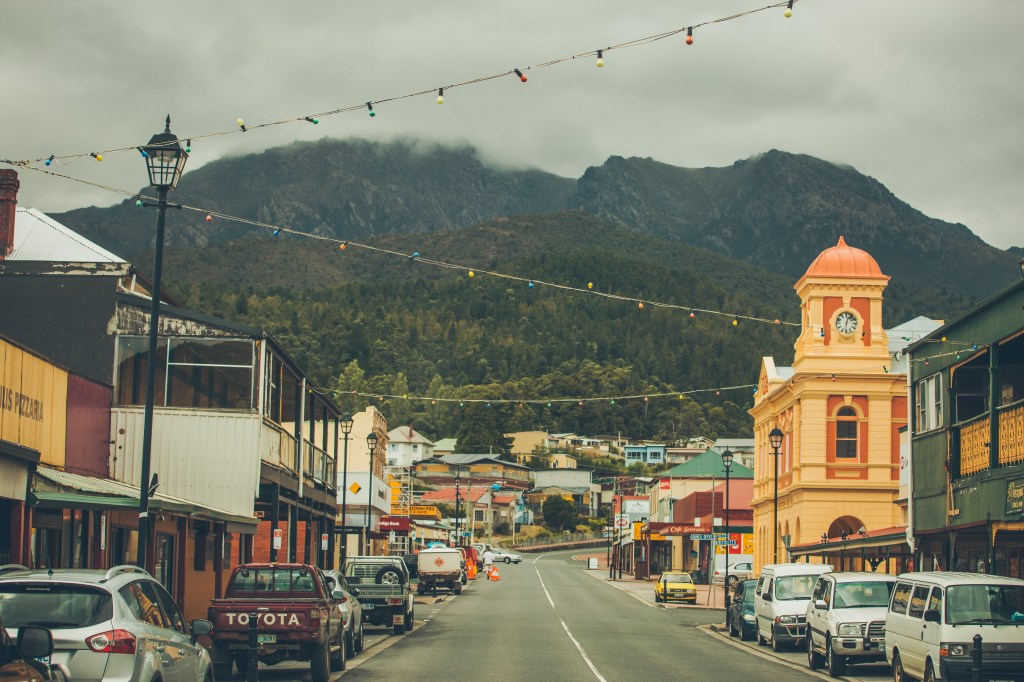
Credit: Flow Mountain Bike
The emergence of Queenstown as an arts hub in more recent years has brought new life and a contrasting element to the town, with murals adorning shop walls and the presence of a renewed energy that is primed to inspire any filmmaker.
Australian drama series Bay of Fires, due to air on ABC later this year, filmed much of its content in Queenstown and Strahan, as well as the small historical mining town of Zeehan and in Hobart.
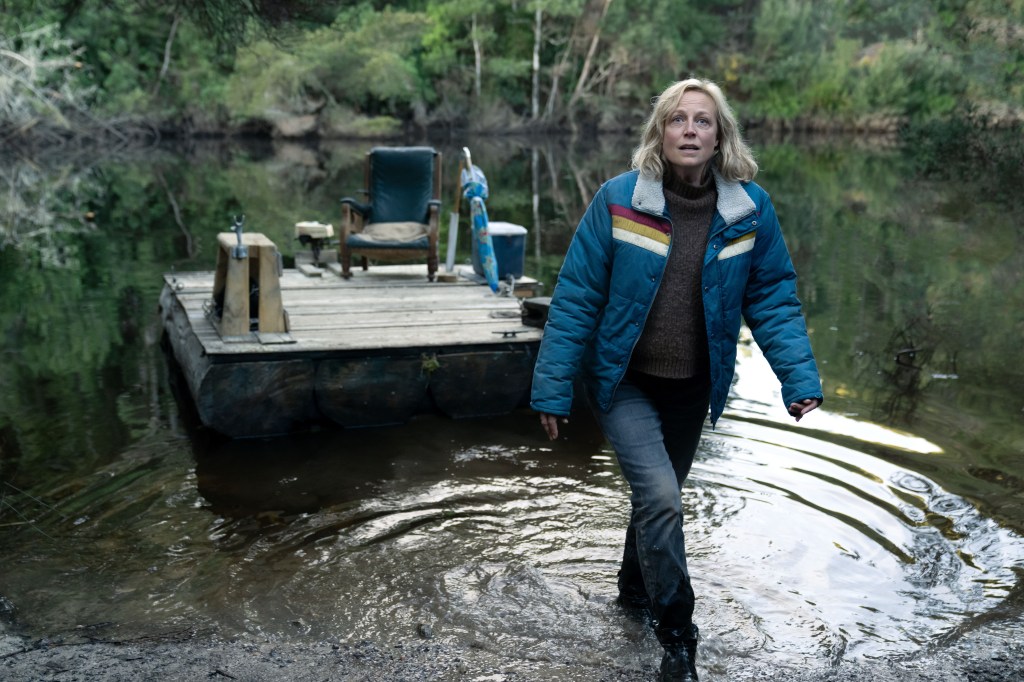
Credit: Brook Rushton
Bay of Fires co-creator, actor and producer Marta Dusseldorp said her first sighting of the tiny town of Zeehan made a lasting impression.
“I was writing the series and I didn’t have the location yet. I knew I wanted a remote place that looked out of the way but I was warned not to go too remote because of the costs involved,” Dusseldorp said. “I heard about Zeehan and we went for a drive and hit the main street and we saw the place that was in my imagination. I thought ‘I can’t believe a place like this exists’.”
“We went to Queenstown, which I’d always been fascinated by, and it’s the most magical place; the cultural impact of the artists that are living there now.
“I asked the council if I could base a series there and they asked what they could do to help. We were talking about bringing 100-150 cast and crew for 16 weeks in the dead of winter. There was this camaraderie (in the community), with people who just wanted to unlock the doors to this wonderful place.
“Then we went out to Strahan to get that other look that’s not landlocked. Even though we were there in the dead of winter, it was just so beautiful. Everything is close together and easy to get to. I can’t imagine (filming the series) in any other place – our lead character in our series is the west coast. Our show is basically a love letter to Tasmania.”

Credit: Brook Rushton
For screenwriter Caitlin Richardson, Tasmania’s west coast provided the perfect inspiration when penning the storyline for her 2021 SBS drama series The Tailings.
“The West Coast as the setting for The Tailings came about because it was where my parents started their careers as teachers,” Richardson explained. “They met in the tiny mining town of Savage River and went on to work in Queenstown and later Burnie. They have such fond memories of their years living and working on the west coast, primarily because of the strong sense of community there.
“I think, for this reason, I have always associated the West Coast with formative, coming of age experiences. Exploring a couple of transformational moments in the lives of two young women was a central focus in The Tailings, so I was interested in setting our story on the West Coast.”
Both Strahan and Queenstown are served by airports that allow for small fixed-wing aircraft and helicopter access. Hobart’s major commercial airport is located 260 kilometres from Queenstown.

Credit: Ollie Khedun and West Coast Council
The two primary townships of the West Coast are connected by a railway line through the dense temperate rainforest. Now existing only as a tourist attraction – with a scenic steam train journey operating daily – the railway was constructed in 1897 to transport minerals such as gold and copper to Strahan for export.
Mayor of West Coast Council Shane Pitt said the region had become popular with filmmakers seeking something a little different from their location choices.
“The West Coast has been busy, especially this past year, with many different filming projects being undertaken,” Mayor Pitt said. “The remoteness and uniqueness of this beautiful place we call home makes itself ideal for TV shows like the first ever Australian Alone and The Bridge.
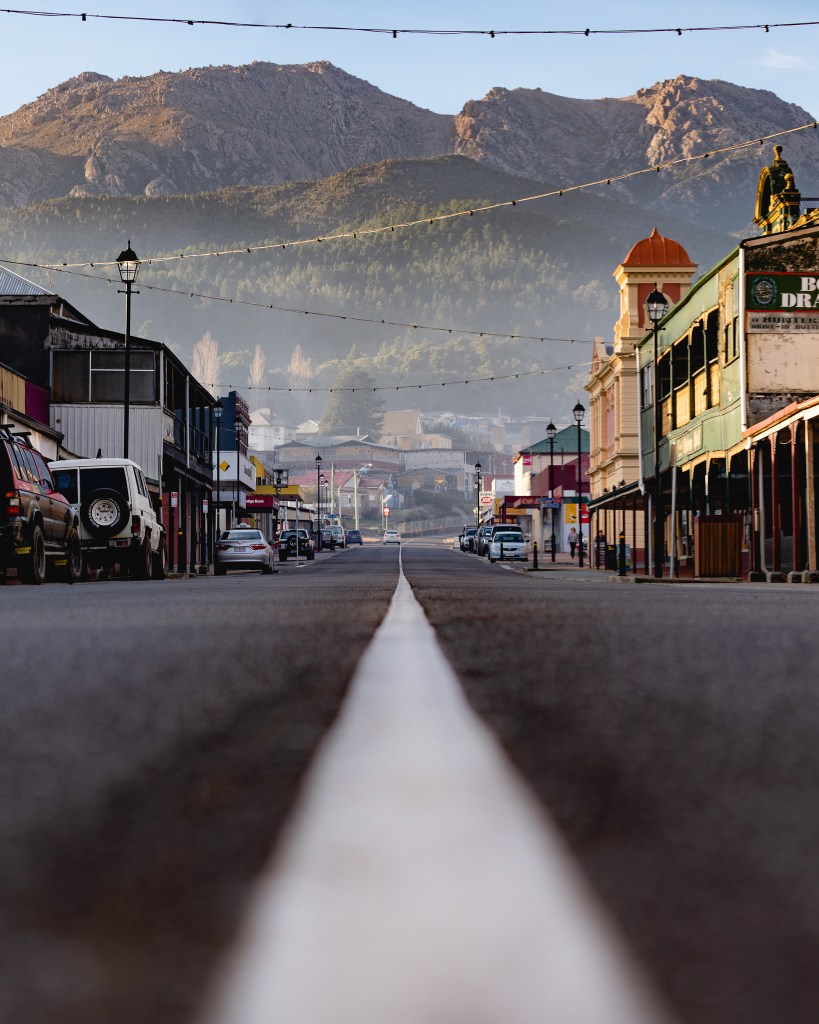
Credit: Rob Mulally
“Our spectacular roads are a match made in heaven for Subaru WRX ads and the gravel oval for AFL ads and photo shoots by some of the best in the sports photography business, such as Steve Waugh Photography. The diverse landscape lends itself to just about anything you can think of.
“Being involved in so many different filming projects has been a fantastic way to showcase our region, and West Coast Council is proud to work alongside production crews who are brave enough to travel just outside their comfort zone.”
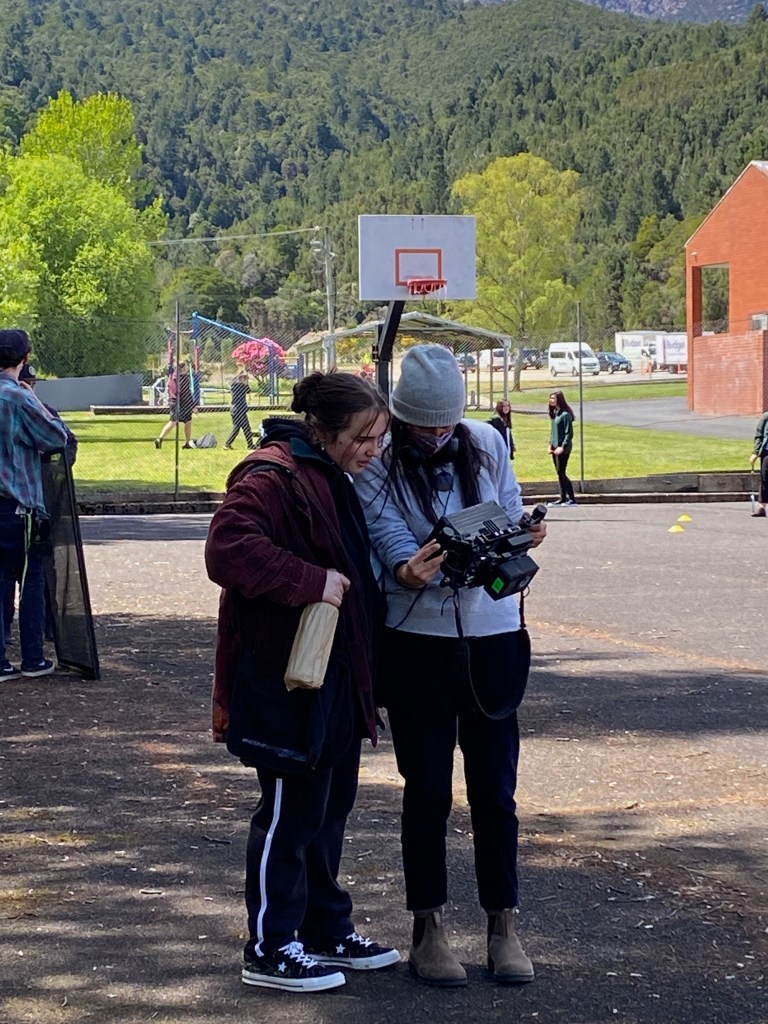
Credit: SBS/Good Lark Pty Ltd
Screen Tasmania is happy to connect interstate and international production teams with experienced local creatives and crew, and has programs in place to support film development and production within the state. For more information contact Screen Tasmania on 03 6165 5070 or email info@screen.tas.gov.au or visit www.screen.tas.gov.au.


